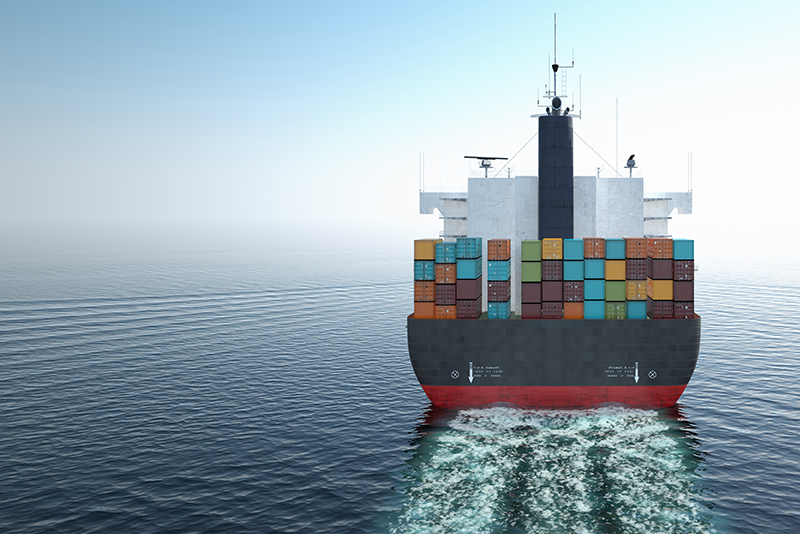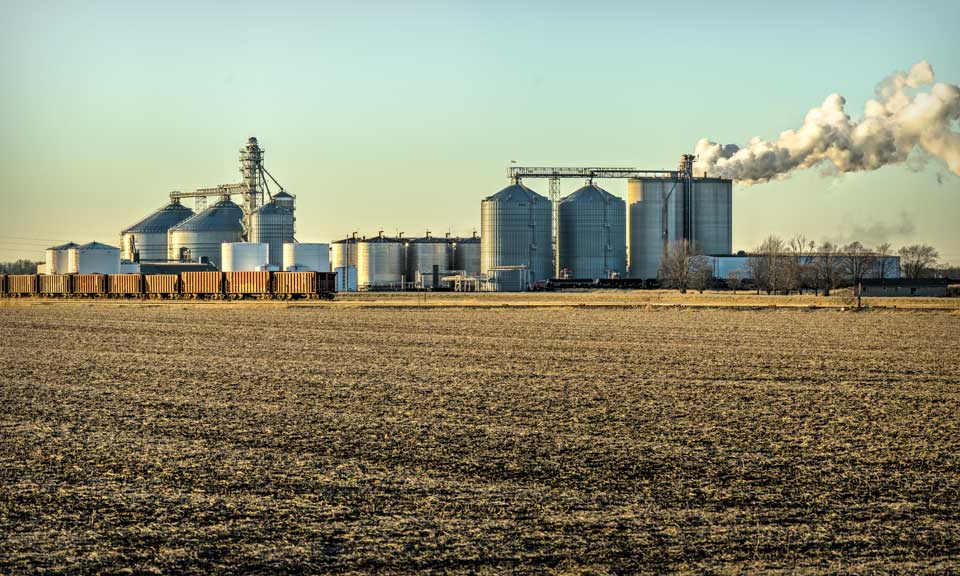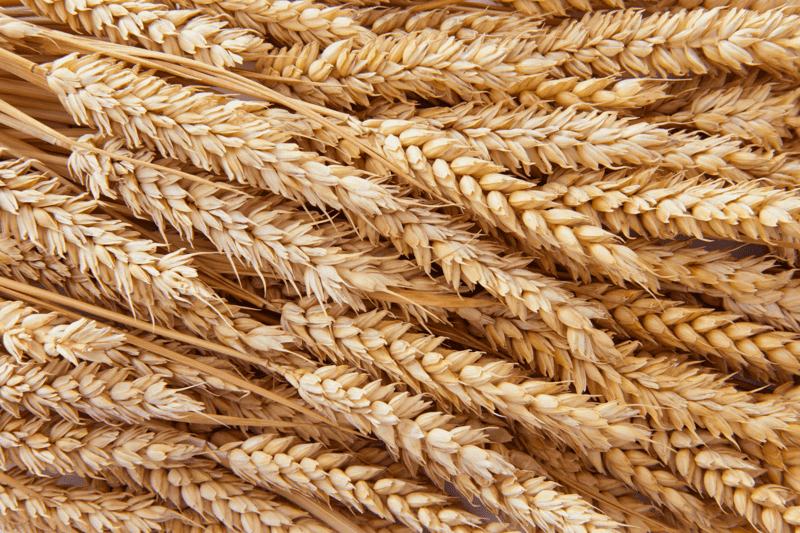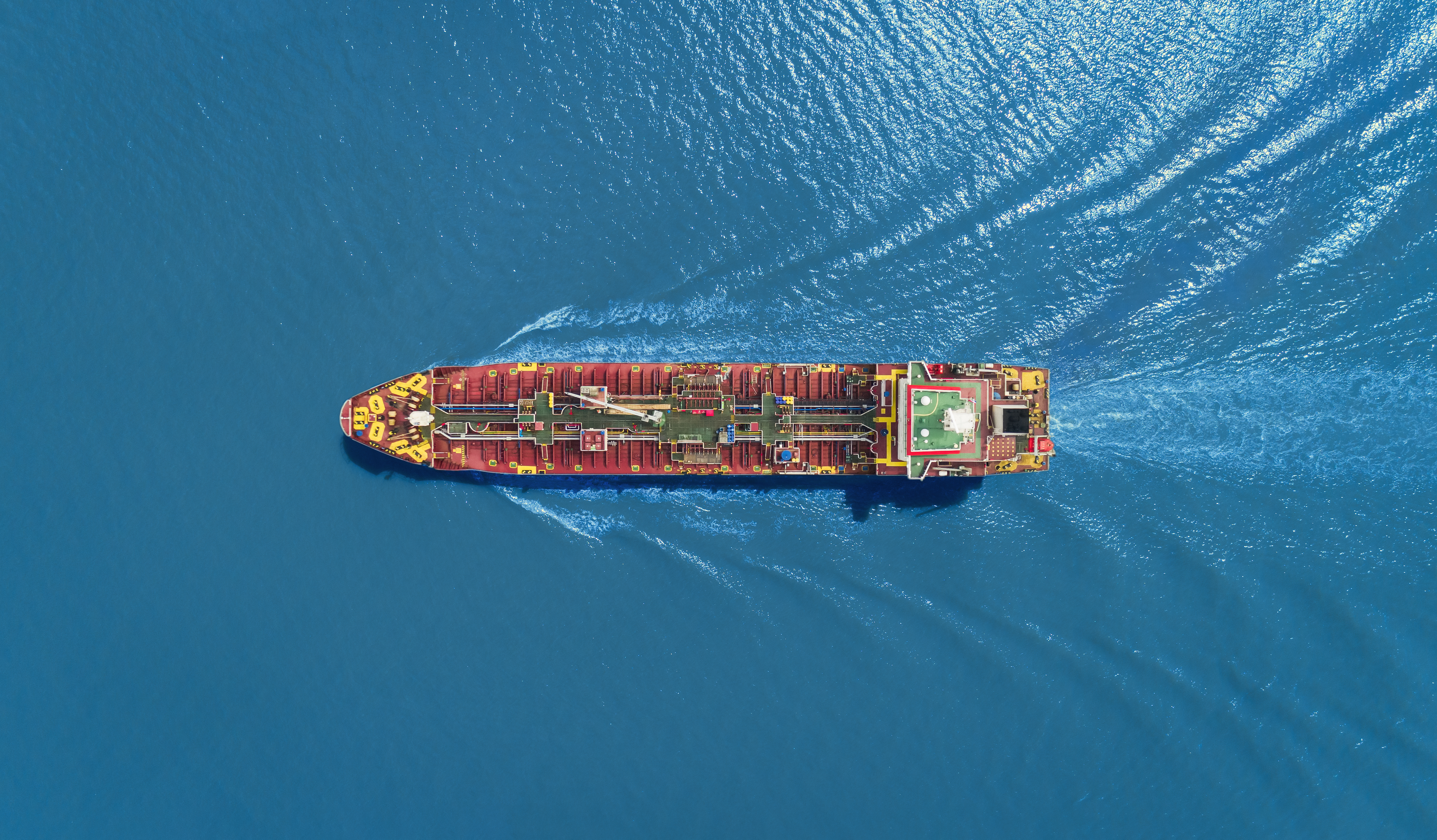Taking the long way around: Ships divert from the Panama Canal


Thought Leadership
The price wall visualizes 258 of the most important price benchmarks assessed by Platts across various commodities from crude through to chemicals, LNG and carbon. The wall shows the price performance of these benchmarks over 2023 based on their indexed value from the first day of trading. Click on the commodity button to isolate different groups of resources to see which performed best in 2023, a year that saw dramatic changes in trade flows and demand because of sanctions and price caps on Russian commodities and a recovering post-COVID global economy. Isolate individual benchmarks by clicking on the tile to reveal a unique QR code to navigate to specific Platts methodology pages and average price data for 2022 and 2023. Click to start exploring

Thought Leadership
Key players in the wheat trade, India and Indonesia are headed to the polls this year, and market sources believe that the role of agricultural policies is increasingly taking center stage, especially amid a backdrop of food security concerns and inflationary pressures. Recent elections in other countries that are also heavily involved in global grain production and trade have demonstrated the rising importance of agriculture in the political sphere. The recent presidential elections in Argentina were one such striking example. Export flows of Argentinian grains, especially wheat, had dropped significantly approaching the elections as farmers reportedly held back on sales in anticipation of the then-candidate Javier Milei's pledges to remove export taxes on grains. India, a major producer and former exporter has been embroiled in talks of wheat imports for months following an El Nino-battered wheat production and several large drawdowns in wheat reserves in 2023. The country's wheat reserves have been declining as the government is providing free-of-cost food grains to keep inflation in control ahead of the elections. The government's wheat reserves have fallen to a seven-year low, while providing free-of-cost food grains to keep inflation in control ahead of the elections. As of Dec. 31, 2023, the Food Corporation of India had 16.35 million mt wheat in government warehouses, compared with 17.17 million mt a year ago. However, if India ends up allowing wheat imports after the elections it may potentially lead to a rise in global wheat prices and weigh on returns for farmers, trade sources said. On the other hand, Indonesia is one of the biggest wheat importers in the world, and its citizens will be headed to the polls in two weeks' time to elect the eighth president of Indonesia. The potential introduction of a new wheat import tariff, depending on the outcome of the elections, may potentially add on to the burden of flour millers who are faced with rising operating costs and a slow rebound in downstream demand. India India's national elections are expected to be held during April-May with local media reports indicating a comeback of the ruling dispensations. Trade sources are not expecting significant changes to the trade policies before the elections, despite concerns that El Nino may weigh on India's wheat supply. "Since farmers are a key constituency in large wheat producing states, the ruling party is not willing to risk angering them and are not engaging in talks about imports," a trader based in Kanpur, Uttar Pradesh, said. Uttar Pradesh is the largest wheat producing state and also the most populous province in the country. While traders have been asking for a cut in import duty, the government is looking at planting progress before deciding on imports, an official with the agriculture ministry said. Currently, the government levies a 40% import duty on wheat. As of Jan. 22, Indian farmers planted wheat across 34 million hectares, against 33.8 million hectares last year, the Ministry of Agriculture reported. According to government officials, allowing imports could weigh on farmers' intentions to plant wheat. The government is also unwilling to let imports weigh on farmers' returns ahead of the general elections, the official with the farm ministry added. Market participants expect India's wheat harvest to shrink in MY 2023-24 (April-March) likely poor yields despite steady sowing. The government has pegged India's wheat harvest in MY 2023-24 at 114 million mt, 1% higher on the year. On the other hand, some trade participants believe if the wheat harvest rebounds the government may take a look at allowing exports after the elections. India had blocked wheat exports in May 2022 amid rising food inflation due to poor harvest. If the output is better than expected, the government may be willing to allow exports but any significant changes to the trade policy is unlikely before the elections, a trader based in Mumbai said. Indonesia Indonesia is headed for a three-way fight in the country's upcoming presidential elections Feb. 14, with local media reports indicating that third-time candidate Prabowo Subianto and his running mate, Gibran Rakabuming Raka, who is the eldest son of Indonesia's current president Joko Widodo, continue to maintain a wide lead against the two other presidential candidates, Anies Baswedan and Ganjar Pranowo. The results of the presidential elections could have a significant impact on Indonesia's agricultural policies, as the country continues to lag behind its goal of reducing imports and achieving self-sufficiency. Notably, the Prabowo-Gibran pairing has announced their intention to introduce a number of new taxes upon election, including taxes on wheat imports. Prabowo was quoted in local media as claiming that the losses incurred from not taxing wheat imports were significant, and he further cited the examples of neighboring countries Thailand and Brunei, which tax wheat. Indonesia is one of the world's largest wheat importers, importing between 9-11 million mt of wheat annually. The latest data from Indonesia's Central Bureau of Statistics shows that the country imported 9.7 million mt of wheat between January to November 2023. Indonesia does not tax milling wheat imports, which make up the vast majority of the country's total wheat imports. Meanwhile, feed wheat imports are generally controlled by the state-owned livestock farming company, Berdikari, to protect the interests of local corn farmers. "There are definitely some concerns in the industry if wheat imports become taxable," said a source in Indonesia's flour milling industry. Additionally, there have been no indications as to what the tariff rate may be. "There's still a lot of uncertainty, so we can only wait for the final result [of the presidential elections]," added another source in the local food manufacturing industry.

Thought Leadership
Ongoing attacks on shipping by Houthi militants in the Red Sea have upended seaborne trade through the strategic waterway. Container shipping is taking the biggest hit, with many rerouting via the Cape of Good Hope significantly boosting voyage times and freight cost, while displacing regional marine fuel demand. Read more : Houthis launch biggest ever attack on commercial shipping in Red Sea (subscriber content) View full-size infographic
Thought Leadership
After a year of positional uncertainty, the container industry is now shedding light on the impact of the EU Emissions Trading System on container shipping from 2024. The result has been one that generates more questions than clarity concerning the varying surcharge values that carriers are publishing. There are now growing signs that additional costs calculated are not only a body of guesswork from carriers themselves but a pathway to further difficulties in negotiations between counterparties involved in European shipping down the line. Carriers fundamentally misaligned Shipping's phase-in period for the EU ETS will commence on Jan. 1, 2024, according to the final compromise text by the European Environmental Committee, with 40% of emissions to be accounted for in the EU Monitoring Reporting and Verification, or MRV. In July 2022, when EU ETS regulatory developments were still in flux, A.P. Moller-Maersk first pushed its preliminary ideas on how incoming emissions charges for European container shipping may impact overall costs moving forward. In hindsight, these estimates were wholly inaccurate based on the final agreed upon package settled in April for shipping's introduction to the ETS in the form of a phase-in period. But what emerged back in 2022 was the market realization that EU ETS regulations will indeed impact shipping companies through additional publicized surcharges that contribute to overall freight costs. Since October, all major carriers have drip-fed their ETS surcharges in customer advisories, consequently revealing that there had been a growing understanding of complications in carrier calculations on several levels. First, evident discrepancies on all European shipping lanes among carriers reflect a mismatch of methodologies in applying quantifiable surcharges on emissions overheads for container shipping. COSCO has pushed so far the highest estimated Q1 2024 ETS surcharge of Eur28/TEU as the emissions costs for North Asia to North Europe. In contrast, German shipping company Hapag-Lloyd has released an ETS surcharge for the same period at just Eur12/TEU. The remaining five carriers have pushed their surcharges in the range of Eur20-30 /TEU. This is most certainly exacerbated by a number of carriers sending out surcharge updates re-evaluating initial quarterly valuations of emissions costs pushed in October. For example, Maersk -- having initially pushed the highest surcharge of Eur70/TEU in October, has sharply revised this down to Eur20/TEU on Dec. 1. Compounding these disjointed costs lies the methodological caveat in that surcharges are currently being calculated for emissions in 2024 that will need to be redeemed in the form of EU Allowances in late 2025. Lars Jensen, an analyst for the Journal of Commerce -- a sister company of S&P Global Commodity Insights -- recently said: "In all likelihood, this is down to a combination of different ways of allocating emissions at the container level and different approaches on how to handle the severe uncertainty related to having to charge now for an unknown cost to be paid in September 2025... If shippers found the post-IMO 2020 bunker fuel formulas confusing and misaligned across the carriers, just wait until they see the ETS surcharges." EUA volatility awaits One of the more problematic elements for shipping companies subjected to ETS surcharges is the lack of accounting for a malleable carbon market that will likely experience foundational change in the coming years. Increased volatility through seasonal gains and dips for which a quarterly cost will not account smacks of a situation in which market participants will be increasingly exposed. EUA prices witnessed a historic week in February with Nearest December Allowance contracts hitting an all-time high of Eur101.16/mt on Feb. 21, owing to winter weather and strong financial investor interest pushing higher demand at the beginning of the year. In contrast, prices hit a year-to-date low on Dec. 4 at Eur70.37/mt, with crimped demand from industry players affected by a gloomy economic outlook. But peering into the future, for carbon markets, the inclusion of maritime transport in the ETS is a crucial step that will likely impact the demand for EU allowances significantly, with an expected 90 million mtCO2e covered in 2024. The below-EUA forecast from S&P Global analysts reflects gradual increments in pricing value on an annual basis as more allowances get reduced into the market as part of the ETS 2030 emissions reduction target. Conversely, some carriers are choosing historical EUA data in bloc periods of 2023 to ascertain quarterly surcharges at the start of 2024, bringing a further sense of disjointedness in surcharge values against seasonal carbon market trends. Factor in or keep separate? Even as surcharges are expected to increase in the coming years, shippers who move a majority of their cargoes on a term contract basis remain focused on all-in freight costs, and are largely unconcerned with how the numerous surcharges take shape, as long as they have visibility into their freight invoices for the year. For some global markets, shipping's inclusion into the EU ETS is looked at with little concern -- for now. This is particularly true for North American market participants, who contrast double-digit emissions surcharges against all-in trans-Atlantic freight costs, which are currently just above record lows. "Everything gets washed out in the bottom line rate ... they just negotiate the bottom line, [the] carrier will sort that and designate certain surcharges," a source said. "It becomes irrelevant as long as bottom line doesn't change for shippers." With these emissions costs, assuming them into the bottom line rate appears be the demand from a Beneficial Cargo Owner's perspective – to have the surcharge infused into base freight levels and be able to have an all-inclusive freight number that is subject to negotiation between counterparties. Recent guidance has revealed that ETS surcharges for shipments out of China will indeed be factored into overall base freight levels due to regulatory adjustments from the country. But whether a future emissions cost will be a preferred separate surcharge or added cost in the form of emissions-accounted freight, some carriers have reiterated that these emissions costs are strictly non-negotiable. "There are some approaching this as if it is something that can be negotiated away but this is strictly not the case for us," a carrier source said. However, some large global freight forwarders are heard to be exhibiting capabilities to become exempt from ETS surcharges from carriers, with cargo volume in large tender negotiations sought after with higher priority than carriers seeking to be compensated on future allowances. The lack of an industry-wide authoritative command on the transparency of emissions costs to be passed down has led to a degree of confusion settling into the market as we head into 2024. Platts Carbon Emissions Charges for North Asia to North Continent, which calculates 100% of tank-to-wake carbon dioxide emissions on the North Asia to North Continent trade lane, reached an all-time high in on March 10, propelled by EUA costs at the time, but have sunk to record lows since launching in March. With emissions costs set to increase margin shares in European shipping as the phase-out unfolds, transparency in application of how these costs are constructed will become more scrutinized as the decarbonization model develops.